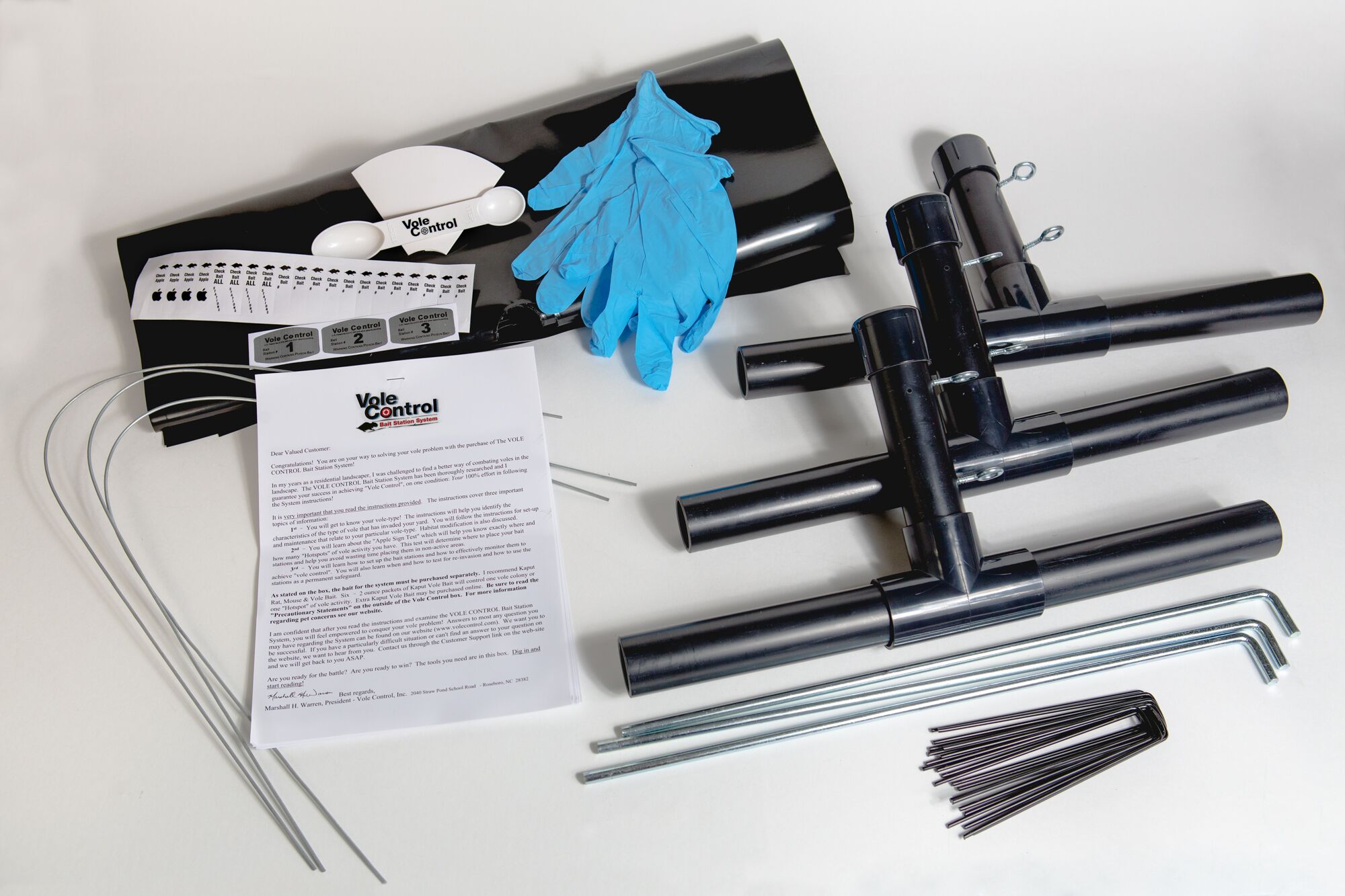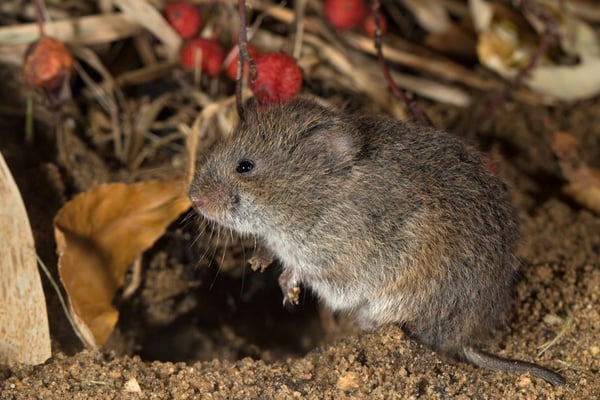Mastering Vole Insect Control: Thorough Insights on Invasion Avoidance and Therapy Approaches
By recognizing the refined indications of vole infestation early on, we can take aggressive procedures to stop widespread damages. In this discussion, we will discover the subtleties of vole behavior, dive into the identification of problem signs, and uncover the most reliable avoidance and treatment approaches.
Comprehending Vole Habits
Analyzing the foraging patterns of voles supplies important understandings into their actions and habitat choices. Voles, small rats resembling computer mice, are herbivores known for their below ground tunneling activities. By observing their foraging habits, researchers can acquire a far better understanding of where voles like to establish their habitats and the level of their environmental effect. Voles are prolific dog breeders, with a solitary female qualified of producing a number of clutters in a year, making it important to understand their behavior for efficient pest control methods.
Research shows that voles exhibit careful feeding routines, choosing seeds, roots, and tubers. This nutritional preference affects their foraging patterns, leading them to locations abundant in vegetation and ground cover. Additionally, voles are known to produce sophisticated passage systems for foraging and nesting functions, suggesting a high degree of flexibility to their environments.
Comprehending vole behavior is important for implementing targeted pest control actions that disrupt their environment choices and foraging activities (vole lawn damage). By studying their behavior, specialists can establish much more reliable avoidance and treatment strategies to take care of vole problems

Identifying Signs of Vole Infestation
Vole problems can be found by acknowledging certain signs of their presence in a location. One of one of the most typical signs of a vole problem is the existence of surface area paths. Voles create networks of narrow pathways on the ground that are generally around two inches wide. These paths are frequently located in grassy locations or underneath compost or ground cover where voles can move freely and look for food.
Another crucial indication of vole invasion is the visibility of small burrow openings in the ground. Voles dig superficial burrow systems with numerous entryways and leaves. These burrows function as shelter and nesting websites for the voles. Additionally, voles are recognized to leave behind chewed plant stems, origins, and light bulbs near their burrow openings, indicating their feeding task in the location.
Finding these droppings along paths or near burrow openings can verify a vole problem. By being alert for these indications, home proprietors can without delay resolve vole problems and prevent further damage.
Applying Proactive Prevention Procedures

In addition, utilizing all-natural vole deterrents like castor oil-based repellents or predator pee can act as efficient preventive measures. It is additionally a good idea to regularly check exterior areas for any kind of signs of vole activity, such as paths or burrow openings, to address potential infestations quickly. vole control utah. By taking on these proactive avoidance strategies, residential property owners can considerably minimize the likelihood of vole damage and preserve the wellness and visual important site appeals of their landscapes
Efficient Therapy Approaches
Incorporating targeted trapping methods and using authorized rodenticides are necessary parts of reliable therapy strategies for managing vole infestations. Trapping can be an efficient method to decrease vole populations, particularly when put tactically in their active runways. Snap traps and live traps can both work, with the latter enabling the capture and relocation of voles. When using rodenticides, it is crucial to follow safety standards to avoid injury to non-target pets and family pets. Location rodenticides in safe bait stations to minimize risks to unplanned targets. In addition, environment modification, such as reducing ground cover and eliminating resources of food, can aid hinder voles from infesting a location. Routine monitoring and upkeep are additionally crucial elements of successful therapy methods to make sure that vole populations are maintained under control. By incorporating trapping, rodenticides, habitat alteration, and regular tracking, effective vole pest control can be attained.
Tracking and Upkeep Tips
Routine surveillance allows for the early detection of vole task, enabling timely treatment prior to infestations intensify. To successfully check vole populations, strategically put catches can be made use of in vole paths or near burrow entrances.
Furthermore, keeping a well-kept and neat landscape is vital in vole avoidance. Clearing away debris, such as piles of wood or dense greenery, removes potential vole habitats. Consistently mowing grass and trimming greenery helps in reducing vole hiding spots and reduces their accessibility to food resources.
Moreover, ongoing maintenance of physical barriers, such as fences or cable mesh, is crucial to avoid vole invasion. Checking and repairing any type of damages to these frameworks makes sure that vole control stays effective in safeguarding properties from infestations. By incorporating these monitoring and maintenance practices into a comprehensive vole parasite control plan, people can properly take care of vole populations and secure their homes from damages.
Final Thought
In verdict, mastering vole parasite control requires a solid understanding of vole actions, the capacity to identify indicators of infestation, applying positive avoidance procedures, reliable treatment strategies, and constant surveillance and maintenance. By taking a try this out thorough method to vole control, people can efficiently take care of and avoid problems, ultimately securing their home and bordering environment from damage brought on by these small rodents.
In this conversation, we will certainly Web Site explore the subtleties of vole actions, delve into the recognition of problem indicators, and discover the most reliable prevention and treatment techniques.Including targeted trapping methods and using accepted rodenticides are essential elements of efficient therapy approaches for managing vole invasions. To successfully check vole populaces, purposefully put catches can be made use of in vole paths or near burrow entries. Inspecting and fixing any damages to these structures guarantees that vole control stays efficient in securing properties from infestations. By incorporating these monitoring and maintenance practices into a comprehensive vole insect control plan, individuals can effectively manage vole populations and protect their homes from damages.